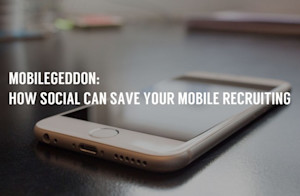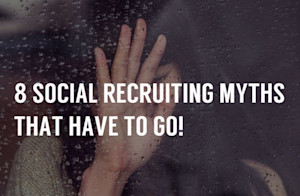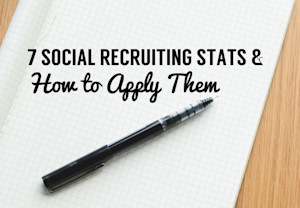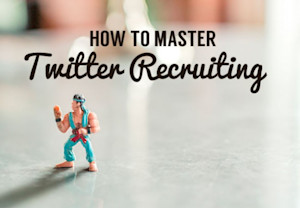April 27
On April 21st Google changed its search algorithm in a major way. Google mobile search results will now rank mobile-friendly sites higher than non-mobile-friendly sites. About 38% of Enterprise level websites are negatively affected by this update and millions of sites will take a hit to their SEO. Why does Mobilegeddon matter for recruiting? 30% of all Google searches are employment related. (Source: The Muse) – Click to Tweet Mobile recruiting matters because your company’s site ranking will significantly affect job seekers’ ability to find your job posts. Most companies create their online job postings using an Applicant Tracking System, which makes the situation even more dire for recruitment. According to Mik…Read More







